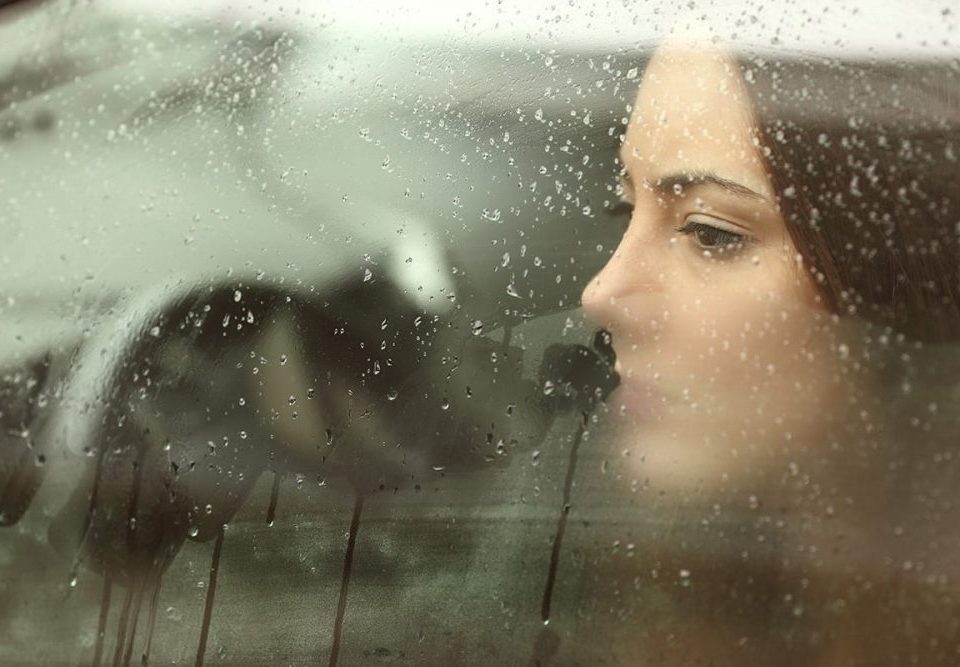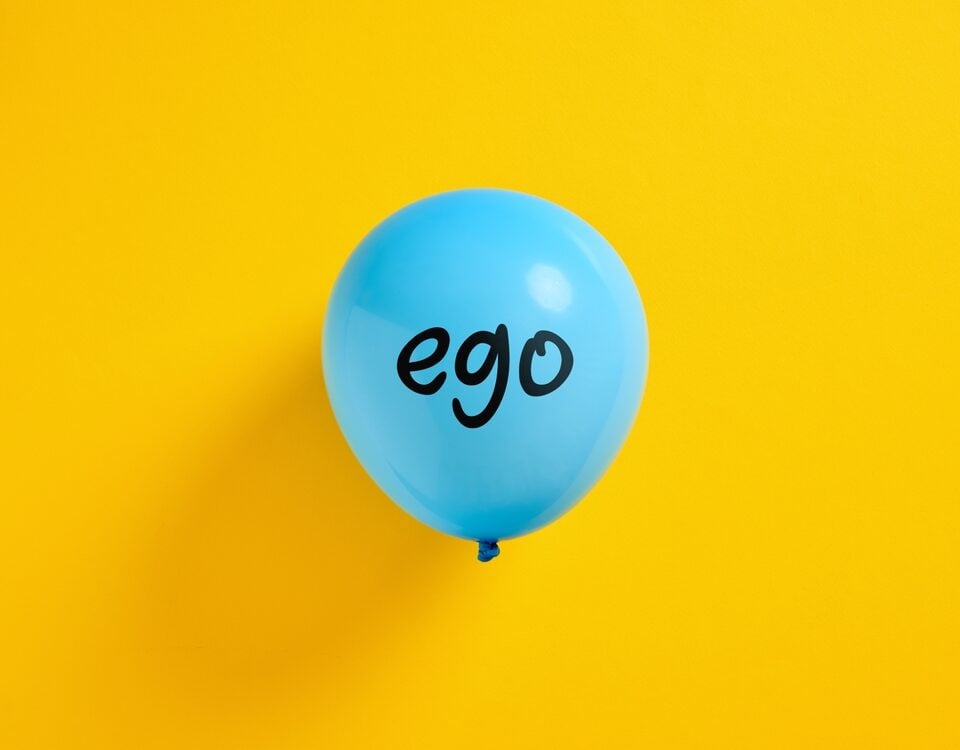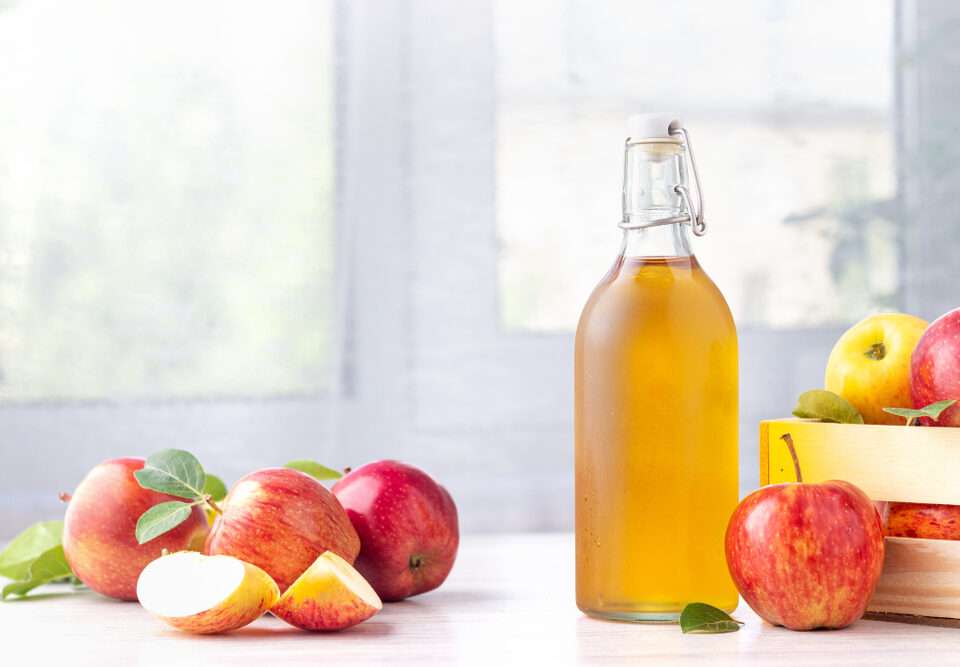Have you ever tried journaling? If you have received treatment for addiction or mental health, then you have probably heard of journaling as an effective recovery tool. While some people keep a daily diary, others turn to their notebooks to get some things off their minds. Whatever the case, journaling can be a useful tool for dealing with mental clutter, processing emotions, and maintaining mental health. But what about the people who do not enjoy writing? Below are some ideas for keeping a visual journal and how they can help.
What Is a Visual Journal?
A visual journal is just like a traditional journal, but instead of writing, the person expresses themselves with drawings, sketches, hand lettering, doodles, or even clippings of pictures and magazines. In other words, a visual journal is a collection of your thoughts and feelings in an artistic form.
But do you have to be artistic to keep a visual journal? Not at all! Just like a diary, visual journaling is a personal practice that has no strict parameters – it is not meant to be judged, graded, compared, or criticized, but rather act as an emotional outlet.
Anyone can practice visual journalism – it does not matter if you are a skilled artist or an inexperienced one. A terrific way to start keeping visual journals is by first figuring out how you prefer to take notes.
Do you like writing things down, or are you more of a digital note-taker? Do colors help you remember information and apply certain lessons? Are you more of a visual learner?
Take all these ideas in mind when you sit down to create your first visual journal.
What is the Point of Visual Art Journaling?
People take up visual journaling for several reasons, and as a Chicago addiction treatment center, we understand that journaling (in general) can be a beneficial tool in the recovery process. Below are some benefits of keeping a visual journal for addiction recovery that might inspire you to start your own:
It’s Liberating
In the same way that venting to a friend about an issue lightens the emotional load, visual journaling can help release negative emotions, organize your thoughts, understand a problem, and produce sound and effective solutions.
Especially for individuals recovering from substance use disorders or who struggle with mental illness, understanding your thought process and identifying negative thinking can make a dramatic difference in your healing. By using visual journaling, we can lighten the burden on our thoughts and leave more room for more positive things.
It Encourages Vulnerability
Many of us tend to suppress or push down our emotions for the sake of appearing strong or resilient, but in the end, this only hurts us. Suppression may feel good now, but this mindset can be detrimental to your mental health and relationships overall.
Taking up visual journaling almost forces us to be vulnerable and really lay it all out on the table (or paper, in this case.) This is a great opportunity to discover things about yourself that you have been pushing down for years, allowing you to begin healing.
It Encourages Self-Reflection
Visual journaling does not just help uncover negative emotions you have been burying deep. It also allows you to know yourself a little better. Our lives can become so busy that we forget what we like.
What makes you happy? What is your favorite movie or book? What inspires you? Keeping a visual journal can push you to seek the answers to these questions and rediscover yourself, making it an essential tool for self-care.
It’s a Way to Set Intentions for Recovery
Although visual journal prompts can be used for several reasons, as a rehab center in Chicago, we encourage those in recovery to turn to this technique to cope with their mental health as they adapt to sobriety. With that said, another reason visual journaling is beneficial is that it encourages intentionality.
Like creating a “dream board” to visualize your goals, you can use visual journaling to put your goals down on paper. You can try drawing your dream house, city, or job. You can even turn your visual journal pages into a vision board to serve as a reminder of your goals.
How to Start a Visual Journal
Although we previously mentioned figuring out your note-taking preferences before getting into visual journaling, below are some tips for starting a visual journal that can help you get set up.
- Gather your materials: Have a dedicated notebook like a Strathmore visual journal or invest in thick paper. You should also make sure you have drawing materials that you like. These can include pencils, markers, crayons, paint, or whatever other media you like.
- Pick a journal prompt: Visual or art journal ideas are not always necessary. Sometimes it is clear what we need to get off our minds. However, if you are a beginner in visual journaling, visual journaling prompts can help ease you into this practice and give you a place to start.
- Set boundaries: It may seem contradictory but setting rules and restrictions for your visual journal entry will help you get more out of your journaling sessions. When a decision like which color to use, which medium to use, and how big your drawing should be are decided beforehand, you are less likely to feel overwhelmed or lost when journaling. Remember that the point of this exercise is to help you relax and heal from mental illness and addiction, not stress you out.
- Draw and reflect: This is the fun part. Draw whatever comes to mind. Are you worried about judgment? Draw something that reflects this fear. Do you feel happy about a goal you achieved recently? Draw about it! The possibilities are endless.
It’s important to note that while visual journaling is an effective strategy for coping with recovery, it is not a replacement for professional care. If you or someone you care about is struggling with substance abuse, our Chicago rehab offers various levels of addiction treatment that can make sobriety possible.
Visual Journal Ideas
Below is a list of visual journal prompts you can follow!
- Who am I?
- When I was younger…
- When I grow up…
- My biggest fear is…
- My biggest joy is…
- My journey is…
- My biggest dream is…
- Someday I will…
- How do others see me?
- Invent an object.
- Draw yourself in a different time.
- Be creative with numbers or letters.
- You came across a magic mirror. What do you see?
- You have swapped bodies with someone. What happens now?
- Draw what your favorite song looks like.
- Draw a chair.
- Create a monochromatic drawing.
- Create a drawing only using one medium.
- Draw in a specific art style.
- Draw a portrait of someone you admire.
Get Help for Addiction Now
In addition to visual journaling, our Chicago PHP rehab introduces clients to various recovery tips to help them manage the challenges that often come with addiction recovery. We understand how challenging quitting drugs and alcohol can be, so we offer our clients evidence-based care that addresses both the physical and mental repercussions of substance abuse.
For more information about our Chicago drug and alcohol treatment programs, call Banyan Treatment Centers today at 888-280-4763.
Related Reading:









